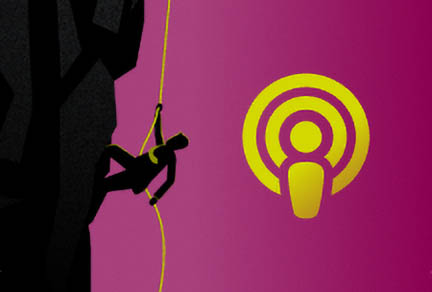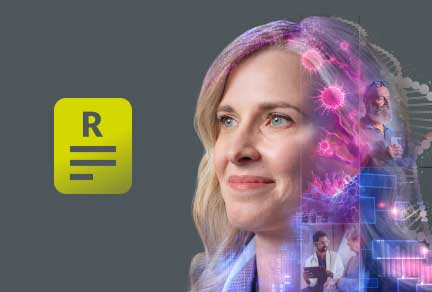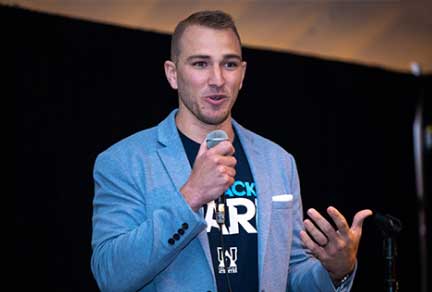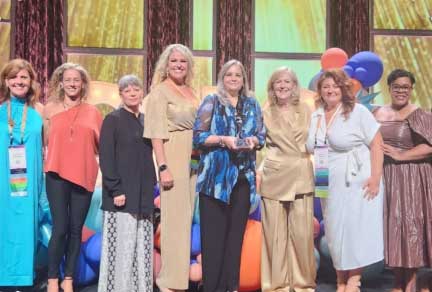Insights
Shape the future of drug development with insights from industry-leading experts, including clinicians, former regulators, clinical operations specialists, and data scientists. We've examined the most complex challenges in drug development from every angle to generate these multidimensional insights – so you can make trials more productive, easier to manage, and more accessible to the patients who need them most.
Use the filters below to quickly query our Insights library.




